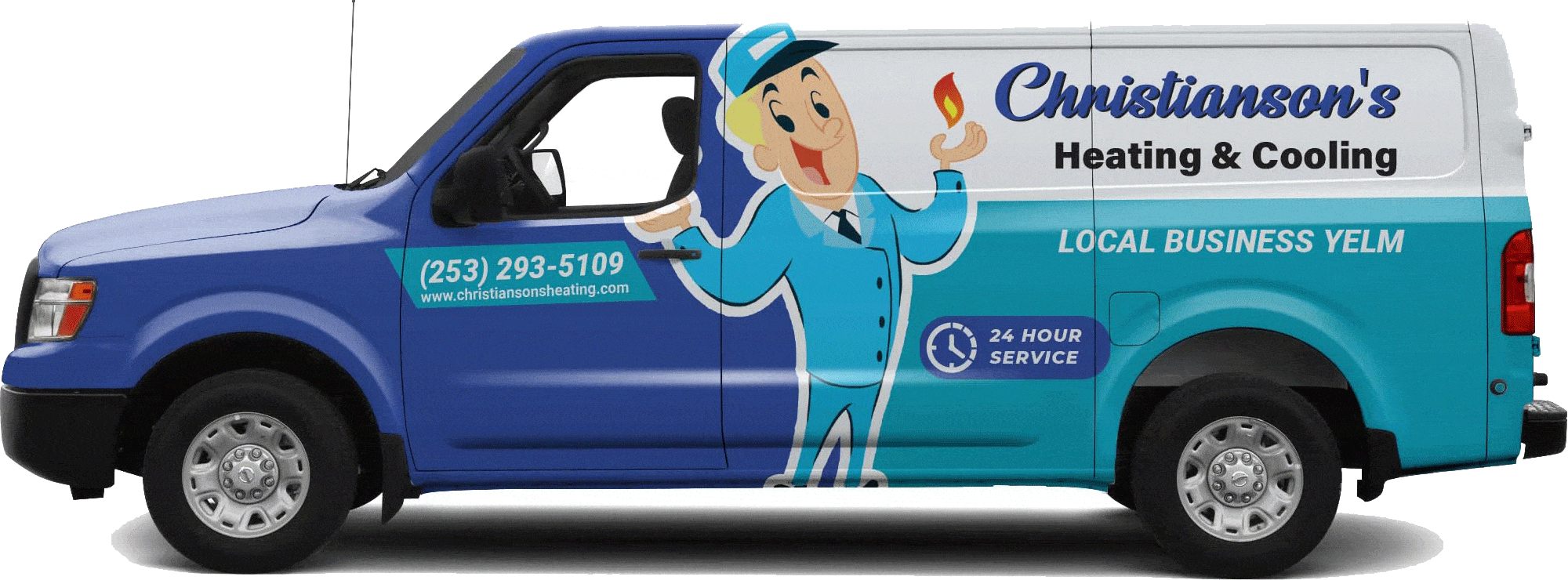
What Do I Need a 250-Volt Outlet For?
If you want to use larger appliances or work shop tools, you’ll need a higher voltage circuit. A high-voltage outlet costs about $10 to $20 per receptacle and takes more time to install than standard outlets because a new circuit needs to be run.
Verify that the breaker panel has availability for a double-pole breaker sized to the amperage of the equipment. Purchase the appropriate cable and strip back the insulation on each wire with a pair of wire strippers to expose about 1/2 inch of conductor.
High-Power Appliances
Large appliances such as dryers, large window air conditioners and even some welders require a 250-volt outlet. These outlets are wired with a circuit and breaker sized for the amperage that they need. It’s important that the receptacle and the circuit be matched to the appliance; if other items are plugged into the same outlet, the extra load could exceed the capacity of the circuit and cause a fire.
To add a 250-volt outlet, the electrician will run new cable to your breaker panel and then out to the new receptacle. This type of installation requires a higher skill level and a larger, more expensive breaker. It’s also important that the power be turned off to the breaker box before working on it. This is done to prevent electrical shock and injury. In a standard 2-wire cable, the “hot” current is carried by the black wire and the neutral by the white wire. In a 240-volt circuit, both wires carry the hot current.
Lights
A common household fixture, the outlet is where electricity passes from your home’s breaker panel into the outlets and switches in your house. The current is split at the breaker box into 120-volt feeds for lights and other plug-in outlets, and 240-volt feeds for higher-demand appliances like electric cooking equipment, laundry machines, clothes dryers, hot water heaters, and air conditioners.
If your light fixture uses a standard two-prong (120-volt) outlet, it’s time to upgrade it to a four-prong 240-volt outlet. The new outlet will take a double-pole breaker and have a pair of hot wires, one black and one red.
When installing a 240-volt outlet, it’s essential to turn off the power at your breaker box before starting work. Make sure that all of the wiring is disconnected, and use a voltage tester to verify that there is no current running through it before you touch any wires. Also, strip back the insulation on both of the wires to expose about 1/2 inch of bare copper before you connect them to your breaker and outlet receptacle.
Electronics
In today’s world, almost every device and appliance needs an outlet. Standard outlets are rated for 120 volts and allow you to plug in items such as computers, TVs, vacuum cleaners, and other small appliances. However, some larger items require more electricity and need a 240-volt outlet.
These receptacles typically feature four prongs to accommodate the heavier load of these higher-powered devices. They are installed on a dedicated circuit that is fed by a double-pole breaker at the main breaker box. To ensure safety, these receptacles should be wired to the breaker box with the correct size cable for the amperage. They should also be hard-wired to each appliance, with no other devices plugged into the same outlet (plugging in additional items would be a building code violation). When working with 240-volt wiring, make sure you strip back the ends of the insulated wires and expose a minimum of 1/2 inch of bare copper core.
Motors
You can use a motor that is rated for 230V on a 250V system, as long as the wire going from the outlet to the circuit breaker box is large enough. For example, a #10 wire is usually sufficient to handle 25 amps for an extended period of time.
Electric space heaters are an excellent example. They require a relatively high wattage rating-usually printed on the nameplate-to operate safely. A single heating cycle could draw more than 25 amps from a typical household circuit, so you need to upgrade the wiring or add an additional breaker in your home’s service panel to accommodate this type of appliance.
You should not rewire a plug that is rated for 250V to work on 120V, since it’s against UL listing standards and a National Electrical Code violation. A proper 250V outlet should have two hot wires and a saftey ground, and it should be connected to a double-pole breaker in the main breaker panel.



The information provided here is essential for anyone looking to understand the significance of having a 250-volt outlet. The detailed explanation and safety tips are highly commendable.
This comprehensive article effectively explains the need and technical aspects of a 250-volt outlet. It is undoubtedly a valuable resource for anyone wanting to gain insights into this subject.
This article thoroughly explains the necessity and safety measures to be taken while installing a 250-volt outlet. The information provided is very informative and helpful for anyone planning to install a high-voltage outlet for their home.
The safety precautions mentioned here are really crucial, and I appreciate that they are given due emphasis.
I totally agree. The article is straightforward and offers important tips for those who need a 250-volt outlet.
I find this article to be extremely enlightening and helpful in recognizing the importance of a 250-volt outlet. The comprehensive information provided here is truly valuable.
The safety measures highlighted in this article are of utmost importance, and the detailed information makes it an excellent resource for anyone considering a 250-volt outlet installation.
I couldn’t agree more. The thoroughness of the article in explaining the requirements and precautions of a 250-volt outlet is commendable.
This article provides an in-depth understanding of the purpose and specifications of a 250-volt outlet. The detailed explanation about the wiring and safety considerations is particularly noteworthy.
Absolutely! The article is extremely informative and beneficial for those needing to install a 250-volt outlet.